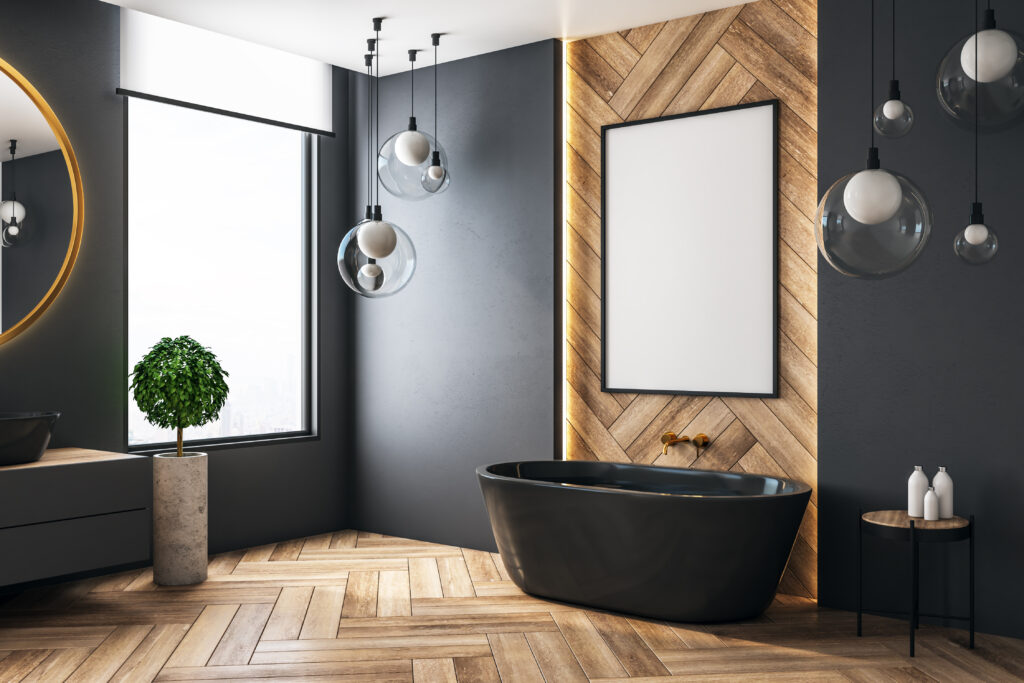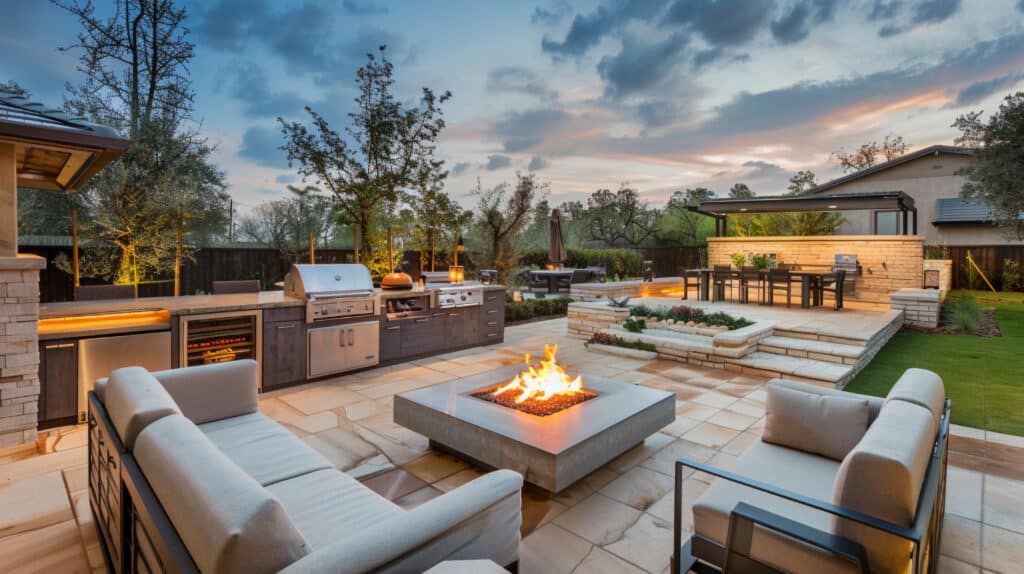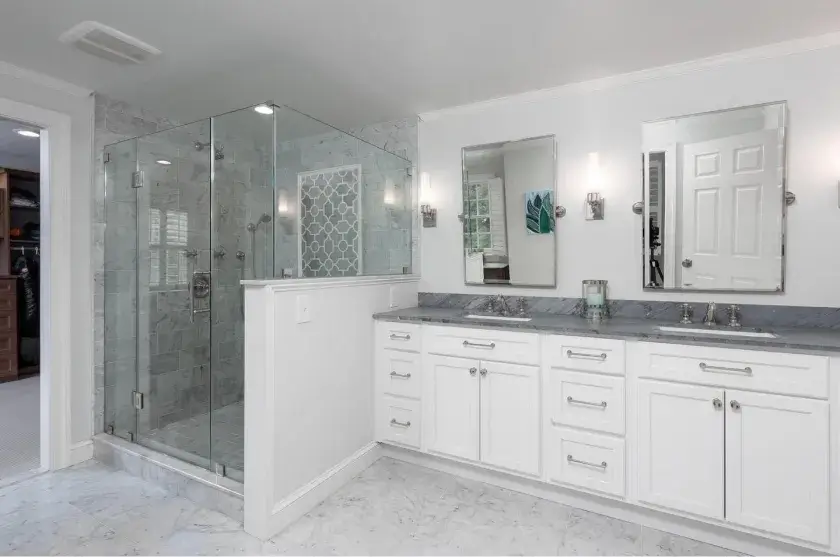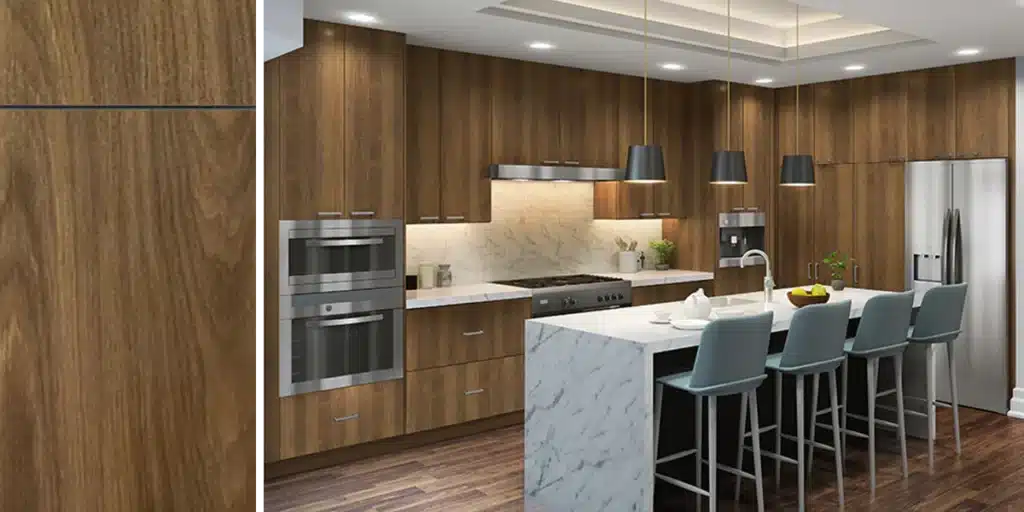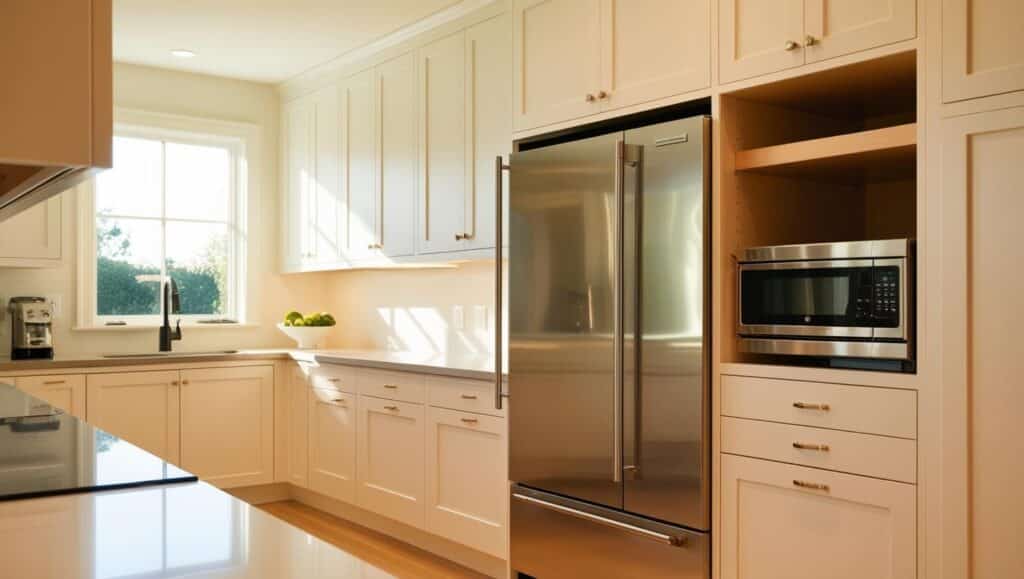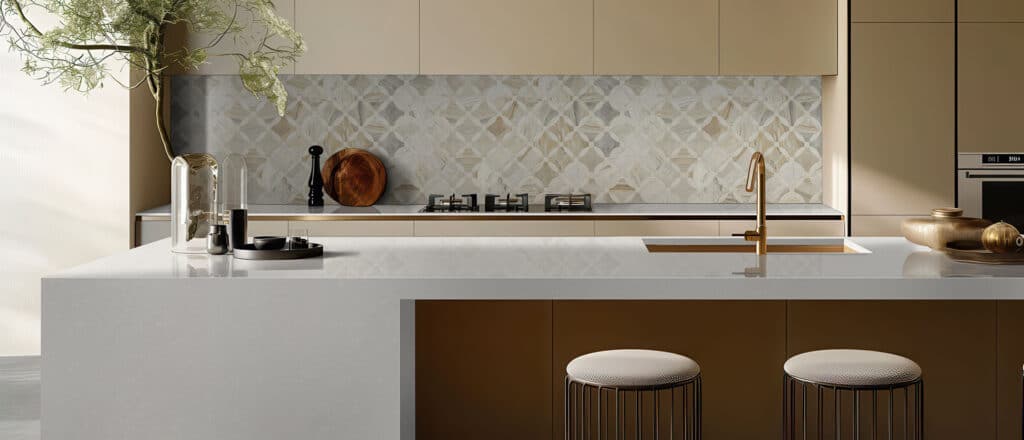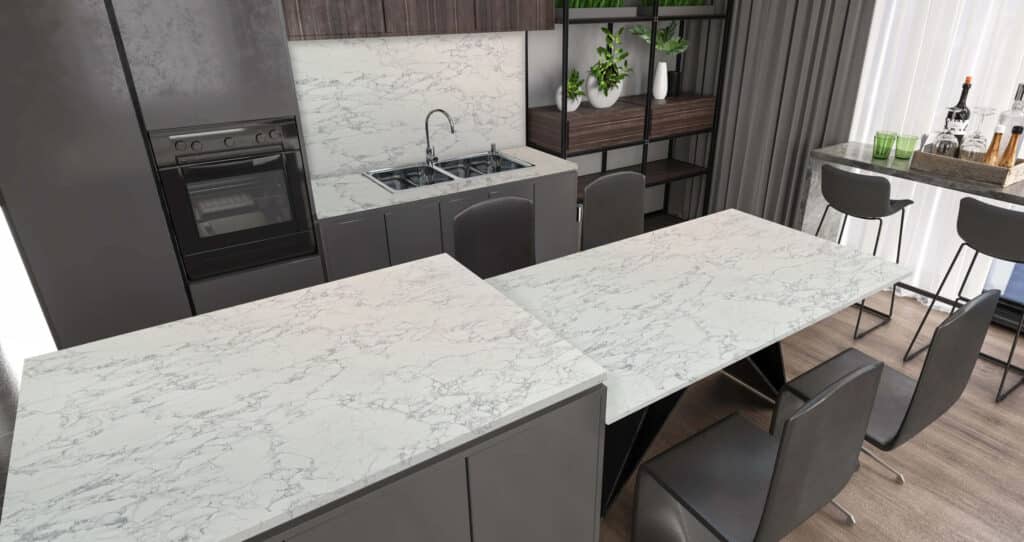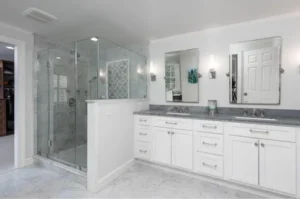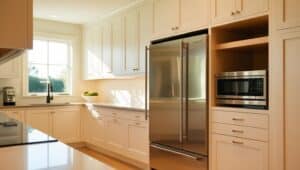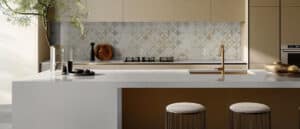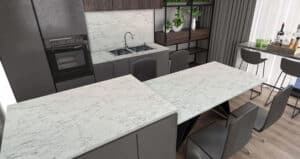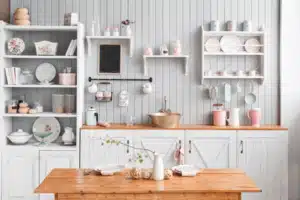When it comes to selecting the perfect natural stone for your kitchen or bathroom, quartzite and marble are two top contenders. Both offer elegance and durability, but they have key differences that can impact your decision. At Trend Kitchen + Bath, we’re here to help you make an informed choice based on your lifestyle and design preferences.
Understanding Quartzite and Marble
What is Quartzite?
Quartzite is a natural stone formed when sandstone undergoes extreme heat and pressure deep within the earth’s crust. This process, known as metamorphism, fuses quartz grains together, creating a dense and incredibly durable rock. Quartzite is primarily composed of quartz, one of the hardest minerals on Earth, making it highly resistant to scratches and damage. Because of its natural formation process, quartzite often exhibits stunning veining and color variations, sometimes closely resembling marble but with the advantage of superior durability.
Quartzite is available in a wide range of colors, from soft white and gray tones to vibrant hues with striking patterns. Popular quartzite varieties include Taj Mahal, White Macaubas, and Fantasy Brown. The unique veining and color variations make each slab a one-of-a-kind piece, perfect for homeowners looking for distinctive design elements.
What is Marble?
Marble is a metamorphic rock that originates from limestone. Under heat and pressure, the calcite within limestone recrystallizes, forming the characteristic veining and texture that marble is known for. The presence of minerals such as clay, iron oxides, or graphite gives marble its wide array of colors and veining patterns.
Marble has been a symbol of luxury and sophistication for centuries, used in some of the world’s most iconic structures, including the Taj Mahal, Michelangelo’s David, and the Parthenon. Common types of marble include Carrara, Calacatta, and Statuario, each with distinct characteristics. Carrara marble, for example, features soft gray veining, while Calacatta marble boasts more dramatic, high-contrast veining.
While marble is undeniably beautiful, it is softer and more porous than quartzite, making it more susceptible to stains, etching, and scratches. Homeowners who choose marble should be prepared for regular maintenance to keep its beauty intact.
Key Differences Between Quartzite and Marble
1. Durability and Hardness
One of the most significant differences between quartzite and marble is their durability.
- Quartzite: Extremely hard and durable, ranking between 7 and 8 on the Mohs hardness scale. This makes it highly resistant to scratches and damage from everyday use. Because of its strength, quartzite is an excellent choice for kitchen countertops and high-traffic areas.
- Marble: Softer and more delicate, typically ranking around 3 to 5 on the Mohs hardness scale. This means marble can scratch more easily, especially in busy kitchens or bathrooms. However, for those who appreciate the patina that develops over time, marble’s softer surface can add character and charm.
2. Maintenance and Staining
Both stones require maintenance, but the level of care differs significantly.
- Quartzite: Requires minimal maintenance. It is naturally resistant to stains when properly sealed, making it an excellent choice for kitchens and bathrooms. Routine cleaning with a mild detergent and water is sufficient to maintain its appearance.
- Marble: Requires more maintenance due to its porosity. It can absorb spills, especially acidic liquids like wine, citrus juice, and vinegar, leading to staining and etching. Regular sealing is necessary to help prevent damage, and spills should be cleaned up immediately to avoid permanent marks.
3. Heat and Chemical Resistance
Both quartzite and marble can withstand high temperatures, but there are differences in their reaction to heat and chemicals.
- Quartzite: Naturally heat resistant, making it a great option for kitchen countertops. However, it’s still recommended to use trivets or hot pads to avoid potential thermal shock.
- Marble: While heat resistant, marble is more vulnerable to damage from hot pots and pans. It can also be etched by acidic substances, meaning extra caution is needed when using cleaning products or preparing food directly on the surface.
4. Aesthetic Appeal
Both stones are undeniably beautiful, but their aesthetic appeal differs.
- Quartzite: Available in a variety of colors and patterns, often resembling marble with dramatic veining. The unique composition of each quartzite slab ensures a one-of-a-kind appearance. Homeowners looking for a luxurious yet low-maintenance alternative to marble often choose quartzite.
- Marble: Timeless and classic, marble has been used in design for centuries. Its smooth surface and elegant veining make it a popular choice for high-end kitchens, bathrooms, and feature walls. While it requires more maintenance, its unparalleled beauty makes it worth the effort for many homeowners.
Applications in Home Design
1. Kitchen Countertops
- Quartzite: Highly durable and resistant to scratches, quartzite is ideal for kitchen countertops. It provides the luxurious look of natural stone without the high maintenance requirements of marble.
- Marble: While stunning, marble requires extra care in kitchens. Homeowners who love the look of marble should be prepared to use cutting boards, wipe up spills immediately, and seal the surface regularly.
2. Bathroom Vanities
- Quartzite: A great choice for bathroom vanities due to its resistance to moisture and stains. It provides a sleek and sophisticated appearance while withstanding everyday wear.
- Marble: Adds an elegant touch to bathrooms but requires careful maintenance. It’s best suited for low-traffic areas or homeowners willing to invest in regular upkeep.
3. Backsplashes and Feature Walls
- Quartzite: Works well as a backsplash, adding texture and depth to the kitchen or bathroom while being easy to clean.
- Marble: Creates a dramatic, high-end aesthetic. Many designers use marble backsplashes to enhance the luxurious feel of a space.
Cost Considerations
The cost of quartzite and marble can vary based on rarity, thickness, and origin.
- Quartzite: Typically ranges between $80 and $200 per square foot, including installation. While some premium quartzites can be pricey, their durability makes them a long-term investment.
- Marble: Prices vary widely, from $50 to $250 per square foot. Carrara marble tends to be more affordable, while Calacatta and Statuario marbles are among the most expensive.
Which One Is Right for You?
Choosing between quartzite and marble depends on your lifestyle and design goals:
- If you want a low-maintenance, durable option that still offers the beauty of natural stone, quartzite is the best choice.
- If you love the timeless luxury of marble and don’t mind the extra care, it can be a stunning addition to your home.
Final Thoughts
Both quartzite and marble have unique qualities that make them excellent choices for kitchen and bath applications. At Trend Kitchen + Bath, we offer a wide selection of high-quality quartzite and marble surfaces to help you achieve the perfect look for your home. Visit our showroom to explore your options, consult with our experts, and find the best fit for your space!


